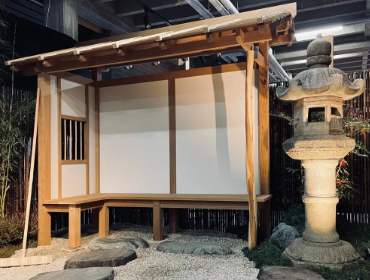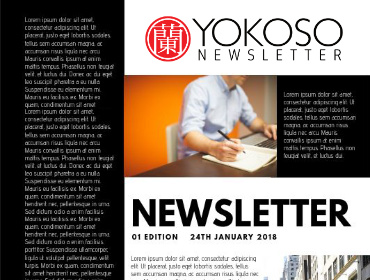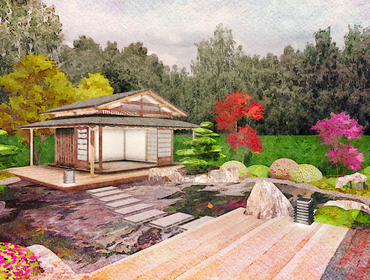Yokoso Service & Support
On this page you can find background information about our products and answers to frequently asked questions. We try keep this page as complete as possible. However, if you have suggestions regarding this Knowledge Base or about missing information, please send us a message via our contact form. Thanks in advance for your feedback.
Orders and Deliveries
Pricing
All the prices on this website are based on the current prices for material and the production fees. Therefore we can
only give you a thoroughly estimate of the products prices. Make sure to always ask a quotation for the latest price.
Our prices do not include freight or onsite installment, which if you wish will be added when you place your order,
based on the items total weight and your ZIP or postal code.
Delivery
Some products we offer are custom munufactured in Asia and will have to be imported. Most of the orders have a delivery
time of 6 to 8 weeks from the date the order was placed. Of course we will keep in touch with you to keep you informed
of the status of your order. Currently we deliver our products to all countries in the European Union.
Installation
You just became the proud owner of a wonderful Oriental pavilion but what is the next step? Who is going to put the
building together? Ofcourse you can choose to do this job by yourself. But, experience has prooved that most people
prefer to hire builder to do the job for them. Yokoso Japanese Gardens has a team of very skilled builders and constructors
ready to start. Because the price for installation of Yokoso Japanese Gardens buildings and pavilions is very dependant
on the type of building and the address of the building site, Yokoso Japanese Gardens always offers a seperate quotation.
Foundation, electricity, water and drainage are not standard covered in this quotation.
Transport
The transportation of the goods you purchased, doesn't have to be done by the customer. Yokoso Japanese Gardens would
like to take this task off your hands. Because the price of transportation is highly dependent on the weight and volume
of the order and the delivery address. Yokoso Japanese Gardens always offers a separate quotation. Smaller goods can
of course be transported by yourself but an Oriental pavilion or a 1000 kg granite Japanese lantern are better let over
to Yokoso Japanese Gardens.
Granite and Stone
Granite is a common and widely occurring type of intrusive, felsic, igneous rock. Granites usually have a medium to
coarse grained texture. Occasionally some individual crystals are larger than the groundmass in which case the texture
is known as porphyritic. Granites can be pink to gray in color, depending on their chemistry and mineralogy. By
definition, granite has a color index (i.e. the percentage of the rock made up of dark minerals) of less than 25%.
Outcrops of granite tend to form tors, and rounded massifs. Granite is also used in Japanese garden statues, Japanese
granite lanterns and garden decoration. Below is a list of available colors and numbers.
Japanese granite is much softer and less heavy then granite from China. Japanese granite has a much more open grain.
This helps the aging of the material. In general it takes the granite a few years to develop a wonderful patin that
gives the granite its wonderful qualities.
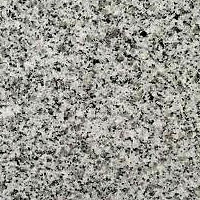 G603 |
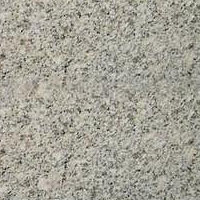 Qingstone |
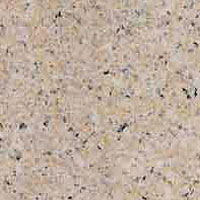 G681 |
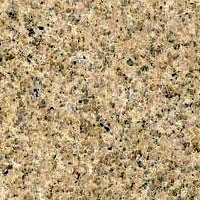 G682 |
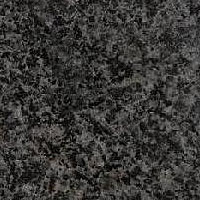 G654 |
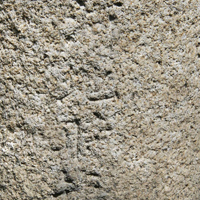 Japanese |
Wood Species
Oregon Pine
Oregon Pine is one of the world's best timber producers and yields more timber than any other tree in North America.
The wood is used for dimensional lumber, timbers, pilings, and plywood. Creosote treated pilings and decking are used
in marine structures. The wood is also made into railroad ties, mine timbers, house logs, posts and poles, fencing,
flooring, pulp, and furniture. Oregon Pine is used extensively in landscaping. It is planted as a specimen tree or
in mass screenings.
Merbau
Merbau is a species of flowering tree in the pea family, Fabaceae, that is native to the Indo-Pacific. It ranges from
Tanzania and Madagascar east through India and Queensland, Australia to the Pacific island of Samoa. It grows to around
50 meters (160 feet) tall with a highly buttressed trunk. It inhabits mangrove swamps. The tree's timber, called merbau
or kwila, is a very durable and termite-resistant wood, making it a highly valued material for flooring and other uses.
Merbau can contain a "gold" fleck that runs through the grain, considered to be attractive by some. The wood is used
for flooring in U.S. and European markets where it is commonly sold under different names.
Red Ceder
Eastern Red-cedar, Red Cedar, Eastern Juniper, Red Juniper, Pencil Cedar is a species of juniper native to eastern
North America from southeastern Canada to the Gulf of Mexico and east of the Great Plains. Further west it is replaced
by the related Juniperus scopulorum (Rocky Mountain Juniper) and to the southwest by Juniperus ashei (Ashe Juniper).
The fine-grained, soft brittle pinkish- to brownish-red heartwood is fragrant, very light and very durable, even in c
ontact with soil. Because of its rot resistance, the wood is used for fence posts. The aromatic wood is avoided by
moths, so it is in demand as lining for clothes chests and closets, often referred to as cedar closets and cedar chests.
Siberian Larch
The Siberian Larch or Russian Larch (Larix sibirica) is a frost-hardy tree native to western Russia, from close to the
Finnish border east to the Yenisei valley in central Siberia, where it hybridises with the Dahurian Larch L. gmelinii
of eastern Siberia; the hybrid is known as Larix. It is a medium-size to large deciduous coniferous tree reaching 20-50
m tall, with a trunk up to 1 m diameter. The crown is conic when young, becoming broad with age; the main branches are
level to upswept, with the side branches often pendulous. Because of its rot resistance, larch wood is especially valuable
for posts, poles, railroad tie sleepers, and mine props.
Hinoki
Hinoki is a slow-growing tree which grows to 35 m tall with a trunk up to 1 m in diameter. The bark is dark red-brown.
It is grown for its very high quality timber in Japan, where it is used as a material for building palaces, temples,
shrines, traditional noh theatres, baths, table tennis blades and masu. The wood is lemon-scented, light pinkish-brown,
with a rich, straight grain, and is highly rot-resistant. For example, Horyuji Temple and Osaka Castle are built from
Hinoki wood. The hinoki grown in Kiso, used for building Ise Shrine, are called Go-Shin-boku "Tree where god stayed".
White Birch
A medium-sized deciduous tree reaching 60 feet tall (18m), and exceptionally to 130 feet (40m) with a trunk up to 32
inches diameter (0.8m). The bark is white, commonly brightly so, flaking in fine horizontal strips, and often with
small black marks and scars. The grain of white birch plywood shows a lot of variety. It ranges from very plain,
inconspicuous growth to very elegant curly birch. Well-seasoned White Birch is usally quite strong, and won't warp,
split, twist, or swell. Its very hard surface helps the wood withstand typical abuse from high traffic areas without
noticeable effects. Yokoso Japanese Gardens uses white birch plywood for the finishing of the wall panels of the pavilions.
Maintenance
Natural wood will greatly determine the strong natural character of the building. The various wood types are treated in
different ways so that the elements and insects like termites, beetle and woodworm will have no influence on the construction.
Over time, however, a natural discoloration may occur. The wood will eventually turn grey which in no way will affect the
quality of the wood. If you want to avoid this aging please be sure to treat the wood with a natural oil on regular basis.
Yokoso Japanese Gardens builds country houses, garden houses and pavilions that will last for ages and will gain beauty
over the years. Yokoso is partner of Woca Denmark that offers high-quality products that protect, preserve and enhance
the beauty of exterior wood whilst stimulating the wood and ensuring long-lasting durability.
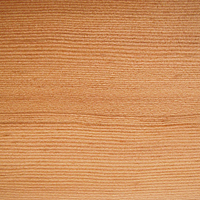 Oregon |
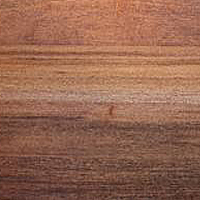 Merbau |
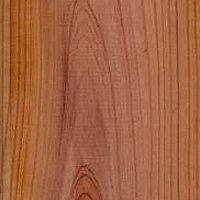 Cedar |
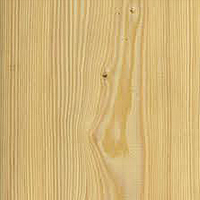 Larch |
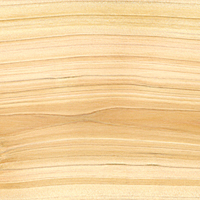 Hinoki |
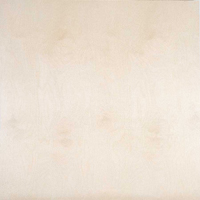 Birch |


